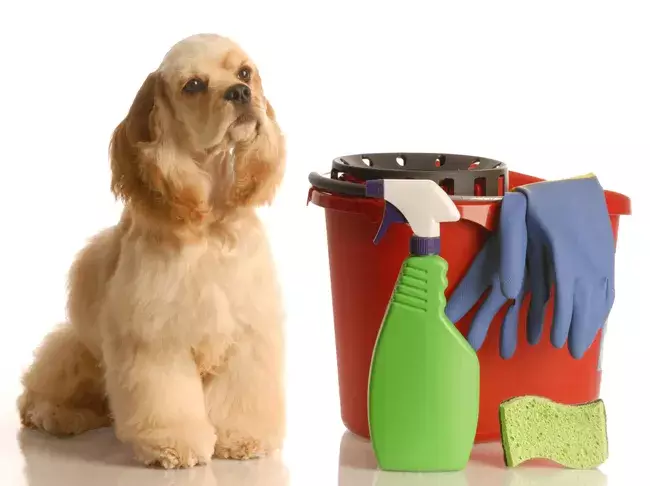In the quest for cleanliness, many homeowners unknowingly expose their pets to a hidden danger: the chemicals found in common household cleaning products. While these products are designed to eliminate dirt and germs, they may also contribute to serious health issues, particularly in pets. With the alarming rise in canine cancer rates mirroring similar trends in human populations, there is a pressing need to evaluate the environmental factors that affect both species. Research into the shared pathogenesis of diseases in pets and their human companions suggests we must critically assess the safety of what we bring into our homes.
In 1992, the U.S. Environmental Protection Agency (EPA) released a ground-breaking publication entitled “Targeting Indoor Air Pollution.” Its findings revealed that indoor air is often far more harmful than outdoor air, sometimes by a factor of 100. This is particularly concerning for pet owners, as a significant portion of indoor pollution can be traced directly to the cleaning agents and pesticides we use to maintain a tidy environment. The adoption of such products raises questions about the long-term health implications for both humans and their four-legged companions.
The reality is that pets are uniquely vulnerable to the effects of chemical exposure. They metabolize substances differently than humans, resulting in a heightened susceptibility to the toxins present in household cleaning agents. Small lung capacity paired with faster respiration rates allows pets to absorb these chemicals into their bloodstream more quickly than humans. A 2007 EPA study highlighted that women, particularly those who are at home frequently, may have a 54 percent increased risk of cancer due to prolonged exposure to indoor pollutants. This outcome raises a pressing concern: if humans are at risk, what can be said for our pets who breathe these volatile substances daily?
The statistics surrounding canine cancer are staggering, with the Morris Animal Foundation indicating that one in four dogs will die as a result of this illness, making it the leading cause of disease-related death in dogs over the age of two. In addition, unspayed female dogs are now developing mammary tumors at four times the rate of women, a concerning statistic in light of research linking exposure to certain chemicals with cancer. The National Cancer Institute has included canine cancer within its Comparative Oncology Program since 2003, highlighting the need for collaborative research into cancer’s causes and cures across species.
With an increasing body of evidence suggesting a clear link between chemical exposure and cancer, it is crucial for pet owners to reconsider their cleaning habits. Traditional cleaning products often contain alkylphenols, which are associated with chronic health issues. For instance, substances like ethoxylates have been identified in many mainstream cleaning brands as concerning toxins. The solution may lie in making educated choices about which cleaning products we utilize within our homes.
Fortunately, there has been a surge in availability of organic and eco-friendly cleaning products that are both effective and safer for pets and their humans. From non-toxic and biodegradable cleaners to natural DIY recipes that can be made from simple household ingredients like vinegar and baking soda, a safer and just as effective alternative exists within reach. Resources such as books and community workshops can empower pet owners to make informed decisions about cleaning their homes without jeopardizing their pets’ health.
Taking Action: A Unified Front Against Household Toxins
The evidence connecting indoor pollutants to rising rates of cancer and other health issues among both humans and pets serves as a wake-up call. Just as miners once used canaries to identify dangerous conditions underground, the increasing prevalence of cancers and allergies in our animal companions may serve as an alarm for the invisible threats within our households. It’s essential that pet owners adopt a proactive stance when it comes to environmental health. By selecting safer cleaning products and advocating for research into the long-term effects of these chemicals, we can create healthier living spaces for ourselves and our beloved pets.
The choices we make in our everyday lives have significant repercussions on the health and well-being of our pets. By re-evaluating our cleaning methods and being more mindful of the products we choose, we can foster a safe and nurturing environment for our furry friends. After all, their health is intrinsically linked to ours, and together we can fight against the silent threats lurking in our homes.

